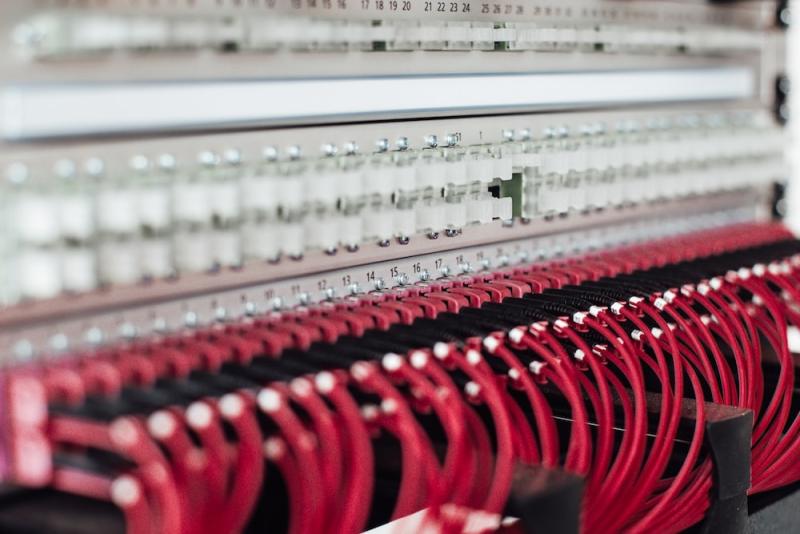UDP (User Datagram Protocol) and TCP (Transmission Control Protocol) are fundamental Internet protocols. They perform similar functions – transporting data over the Internet – but in significantly different ways. Before transmitting data, TCP establishes a dedicated connection between two devices, as it is a connection-oriented protocol. It ensures that data packets will be delivered without error and in the order they were sent. TCP employs acknowledgments and retransmissions to ensure this reliability, but these mechanisms can add latency and overhead.
UDP, in contrast, is a connectionless protocol. Instead of establishing a connection before sending data, it transmits packets directly to the recipient. This makes UDP quicker and more efficient than TCP, but neither delivery nor packet orders are guaranteed. There are no error recovery services, so that packets can be lost, duplicated, or delivered out of order. The primary difference between TCP and UDP is their respective approaches to data transmission. UDP prioritizes speed and efficiency, while TCP prioritizes dependability. The selection between the two depends on the application’s specific requirements.
What is TCP?
One of the most important protocols in the Internet Protocol Suite is TCP, which stands for Transmission Control Protocol. It is a connection-oriented protocol, which means it sets up a dedicated link between two devices before it starts sending data. In the digital world, information is sent in tiny pieces called “packets.” TCP sends these packets and ensures they are sent consistently in the correct order. It does this with a method called “acknowledgments,” the device that gets the packet sends a message back to the device that sent it to confirm that it got the packet. If the packet is not acknowledged within a certain time, it is sent again.
TCP is also in charge of changing data transfer rates to keep the network from getting too busy and losing data. It has built-in error checking, so it can tell and ask for retransmission if something goes wrong during the transfer. TCP is very reliable because of these things, but they also add some delay and overhead. This is why TCP is often used for web browsing, email, and file exchanges, where data integrity is more important than speed. Even with these trade-offs, TCP is an essential system for the Internet because it is reliable and checks for errors.
What is UDP?
User Datagram Protocol, or UDP, is one of the most essential parts of the Internet Protocol Suite. UDP differs from TCP (Transmission Control Protocol) because it does not need to set up a link before sending data. Instead, it sends data to the receiver in packets as soon as it is ready. One crucial thing about UDP is that it is easy to use and quick. It doesn’t have a way to make sure that data is delivered in the correct order or that lost packets are sent again. So, TCP doesn’t need to use its complicated handshakes. This means that there is less network traffic and delay.
UDP packets can get lost, duplicated, or out of order, and the protocol does not fix these problems. It’s up to the program that uses UDP to do any error checking and fixing that might be needed. UDP’s main benefit is its low overhead, which makes it perfect for real-time apps where speed is essential, like streaming video, audio, or online games. Even though these apps can handle the odd loss of a packet, delays caused by retransmission could make the user experience much worse. In summary, UDP is a small, fast, and effective protocol used when speed is more important than stability.
Difference Between TCP and UDP
Two types of protocols are used to send data over the Internet: Transmission Control Protocol (TCP) and User Datagram Protocol (UDP). TCP is a connection-oriented protocol that uses acknowledgments and retransmissions to guarantee data delivery in a consistent and timely fashion. This ensures dependability at the cost of potential delays and added complexity. On the other hand, UDP is a connectionless protocol that transmits information as soon as it’s ready, without worrying about when or if it will arrive. However, it may cause packets to be lost, duplicated, or delivered out of sequence. Depending on the specifics of the application, you’ll want to prioritize either speed or reliability. We’ve outlined the key differences between TCP and UDP below.
Connection Management
TCP first establishes a secure connection to send data, as its name suggests. Unlike other protocols, UDP doesn’t require a connection to transfer data.
Data Delivery Guarantee
While UDP does not guarantee delivery or correct sequence, TCP does so by rearranging the packets before sending them.
Transmission Speed
Since UDP doesn’t have to wait for acknowledgments before sending more packets, it is typically faster than TCP.
Data Packet Size
While UDP is faster than TCP, it increases the likelihood of data loss due to its lower packet size.
Reliability
TCP’s error-checking and retransmission features make it more trustworthy than UDP. This is why UDP is less reliable than other protocols.
Congestion Control
TCP includes a mechanism for regulating network congestion automatically. Congestion management features are missing from UDP.
Resource Usage
While TCP’s connection establishment, maintenance, and termination consume more resources, UDP’s simpler, connectionless design allows it to use fewer.
Use Cases
Applications such as web browsing, email, and file transfer all employ TCP because of its reliability. UDP is used for time-sensitive applications like online gaming and media streaming.






